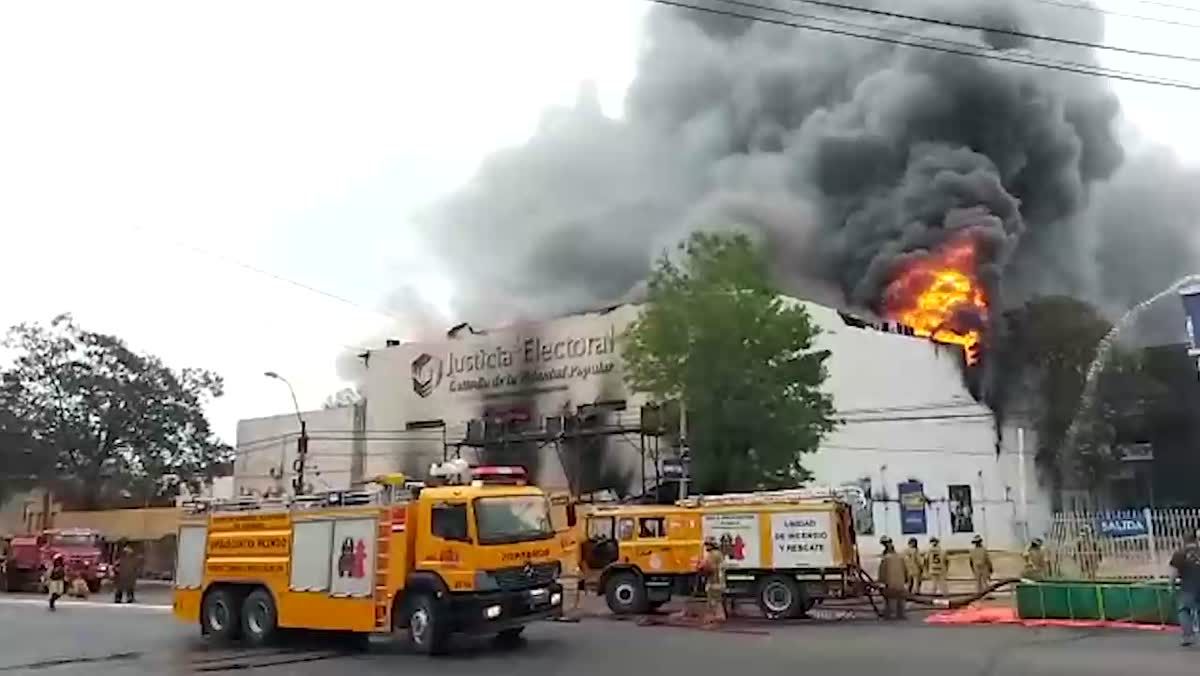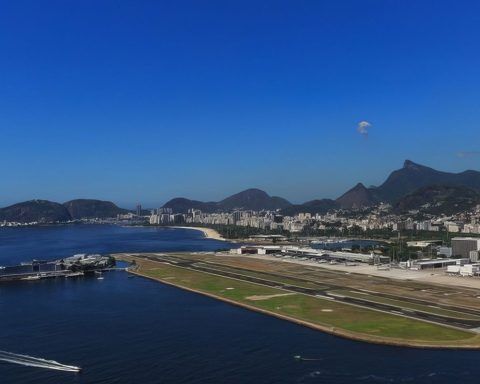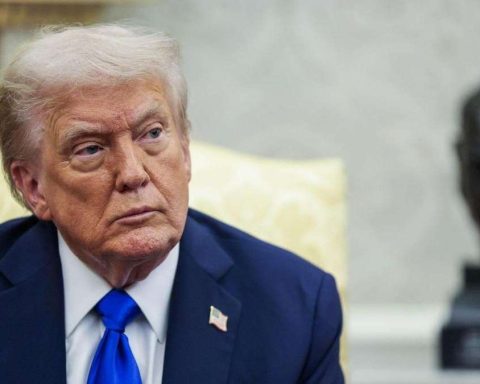The technicians plan to carry out the final load test of the structure of the Paraguay-Brazil Integration Bridge at the end of November, which is of vital importance since it will determine the correct functioning of the mega-project.
On this point, Pánfilo Benítez, advisor to the Itaipu Coordination Directorate, said that this procedure takes timesince first you have to do all the asphalting, install the railings, protectors, lighting system, among other details, and then run the load test.
He stressed that the prevailing idea among the members of the technical team in charge of supervision of the workis to do the dynamic load test and not the static type.
Read: Students found remains of a fetus in the bathroom of a school in San Juan del Paraná
Likewise, he stated that, according to the civil engineering protocol, The contractor must carry out this test at the conclusion of the construction work as a step prior to the reception of the work.
The works, in this new connection over the Paraná Riverare currently in their final stage with a general physical progress of around 95.5%.
In turn, he commented that the construction of the Integration Bridge uses a unique system in terms of storm drainage and follows the environmental care guidelines that characterize the works carried out by the Binational.
“It is the first design in Paraguay of a bridge of this magnitude with a pluvial drainage system that collects all the water that falls on the bridge track. It will have a large 40-centimeter tube that will carry the water to a decanter below the structure, where the contaminated part will be removed and the clean water will go to the river,” he explained.
Technical details
The Integration Bridge is from mixed type (concrete and metal) Cable-stayed, it is 760 meters long, with main columns 180 meters high and with a central span (space left between the two pillars through which the river navigation channel passes) 470 meters wide and more than 60 meters high. high above maximum flood water.
Read More: Abdo on the coffin: “I was in a meeting, I found out from the press”
This superstructure used a total of 37 metallic voussoirs, 18 on each side of the bridge, added to a central voussoir whose placement represented the point of union of both ends.
Its construction on the Paraná River began in the 2019 to unite Paraguay and Brazil, at the height of the cities of Presidente Franco and Foz de Yguazú.
After 57 years, the construction of a second international bridge with Brazil has become a reality, which, due to its strategic border installation, will bring economic dynamism creating a new pole of regional development.

















